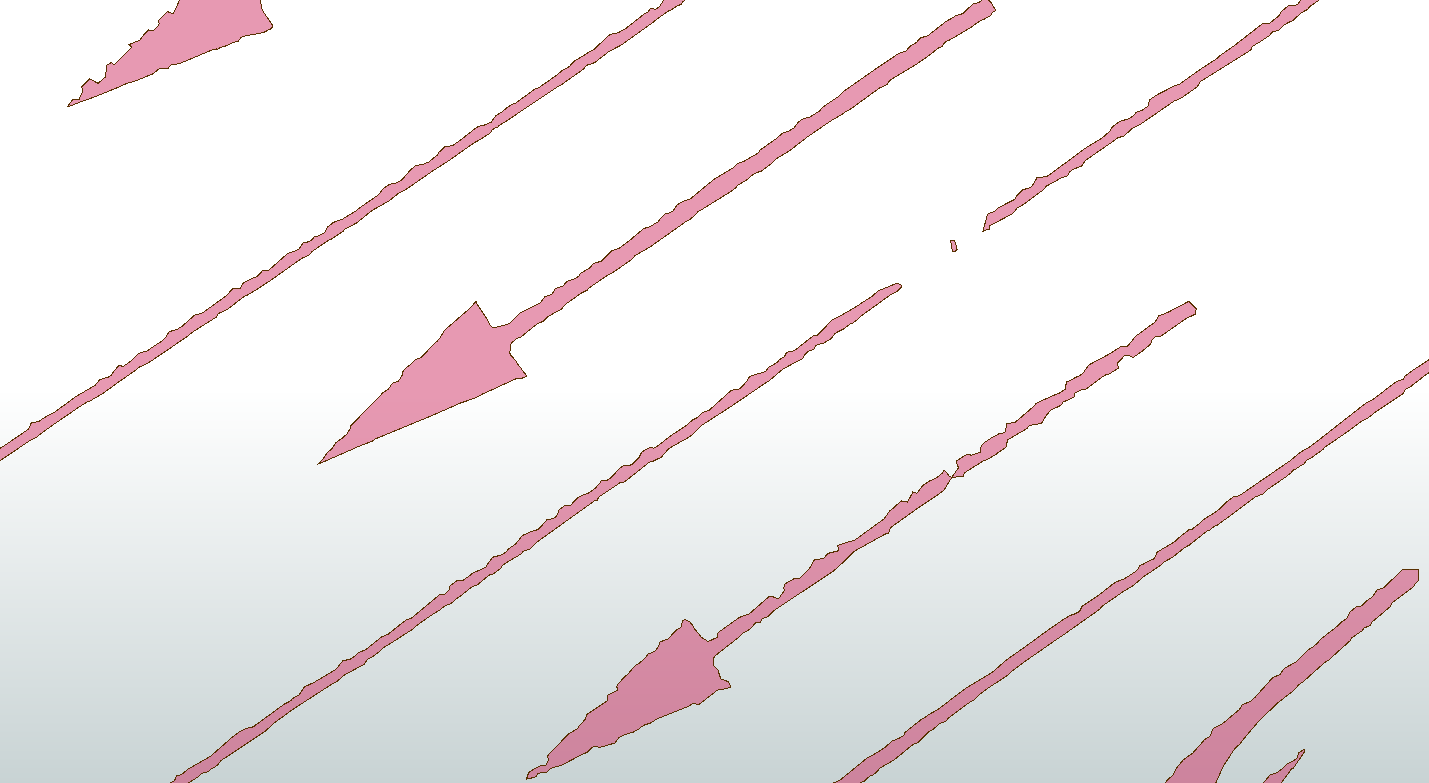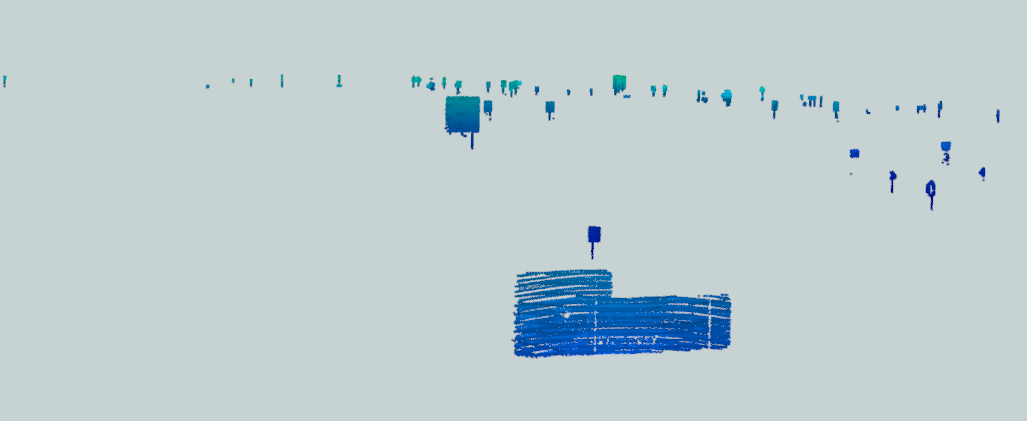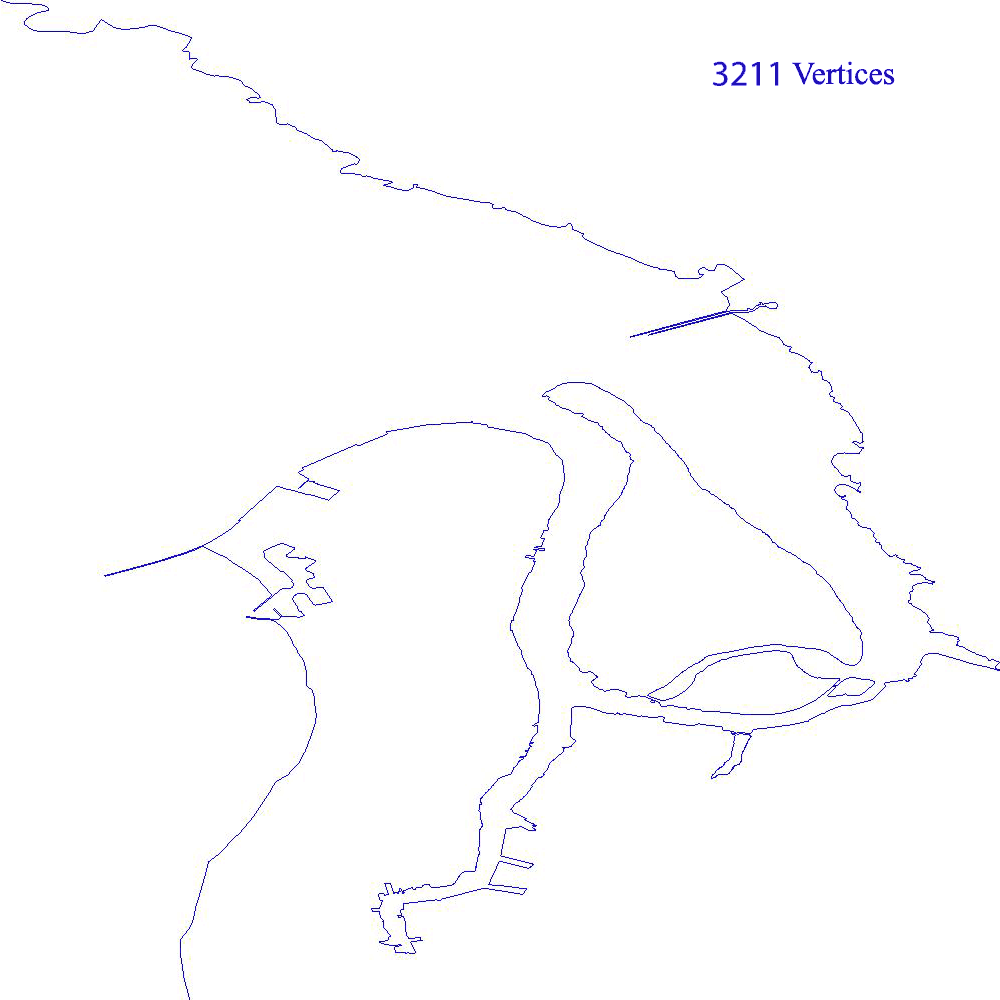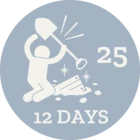I have been supplied a LAS files to extract features from. FME has been able to do a pretty good job at it and I have been able to extract the likes of Road Markings and Signs from the pointcloud. However, I am hoping that there may a few more idea of refining the process to get "nicer" features from the data.
For the road marking, I really want a process that looks at the outer points and removes all the vertices in between. I can't seem to find a "generalization/smoothing" that does it nicely. (Thanks to @dmitribagh for the initial workspace)

For the signs, I have just have got to the point to of extracting from the LAS. So I need to create into a vertical surface/polygons. I have an idea to extract the full surface in much the same way as above, although to I believe for each sign, I will:
- User Centrelinereplacer to extract the angle of the sign.
- coordinateswapper, so that I am looking down on the sign face
- Rotate the sign using angle to look at the full face
- build surface (also need the same "generilization/smoothing" as above)
- rotate back and coordinate swap
Would be interested in others perspective on how to do this, and maybe the geometry team might have some ideas? @oliviawasalski
LAS signs in 3D











